Content
In an effort to get a good harvest of tomatoes, farmers use various fertilizers in the early stages of crop cultivation. So, ash is an alternative to chemicals, biological products, and the usual organic matter. In fact, it is a waste of the combustion process, but at the same time it contains in its composition a lot of useful trace elements that can serve as valuable top dressing for plants. For tomato seedlings ash used as a natural growth promoter and rooting... The benefits of ash and how to use it will be discussed in the proposed article.
Ash composition
Farmers have been using ash as fertilizer for a long time. It contains trace elements important for plants such as potassium, phosphorus and Calcium... These substances are especially needed by young plants, such as seedlings of vegetables and, in particular, tomatoes. Each of these substances has irreplaceable benefits for tomato seedlings.
Potassium
Potassium is vital for all types of plants. It participates in photosynthesis and is part of the cell sap. The maximum amount of potassium is found in young shoots and leaves. So, tomato seedlings need much more of this substance than already adult, fruiting tomatoes.
Potassium is directly involved in the process of water supply to plant tissues. So, with its help, even a small amount of moisture from the soil will get into the highest leaves of tomatoes. The suction power of the roots is also increased by potassium, which allows tomatoes to root in the best possible way and to absorb nutrients from the soil as efficiently as possible. Potassium-rich tomato seedlings are very resistant to lack of moisture and its excess. Also, the saturation with this trace element makes tomatoes resistant to low and high temperatures.
Despite the fact that potassium is necessary for tomatoes in large quantities, signs of its deficiency can be observed quite rarely. However, in some cases, tomatoes clearly "signal" a lack of potassium. This deficiency is manifested by slow growth of seedlings, the formation of small leaves, the surface of which is very lumpy. At the same time, a yellow border can be observed on the old leaves of seedlings, which resembles the consequences of a burn. Over time, the leaves of tomatoes with a potassium deficiency turn yellow and curl upward. Attempts to align the sheet plate end up breaking it. Subsequently, such an imbalance of substances leads to wilting and shedding of the ovaries.
It should be noted that excess potassium also negatively affects tomato seedlings. A sign of excess content of this trace element is pale, mosaic spots on the leaves of tomatoes. The leaves affected in this way will soon fall off.
Phosphorus
Each plant contains 0.2% phosphorus. This trace element is part of DNA, RNA and other organic compounds. The substance allows tomatoes to absorb and convert solar energy, speeding up the vital processes of the culture. Phosphorus is directly involved in photosynthesis, regulates the processes of metabolism, respiration, and rooting. Phosphorus-deficient tomatoes have low yields. Seeds collected from such tomatoes will not germinate.
The main symptom of a deficiency phosphorus in tomato seedlings is the changed color of the leaf plate: its veins acquire a dark purple color. On the lower part of such a sheet, you can see point purple blotches.
Excess phosphorus by itself will not harm tomato seedlings, however, it will lead to zinc deficiency and chlorosis. At the same time, small pale spots will appear on the tomato leaves, which will first be dotted, and then cover the entire plant as a whole.
Calcium
Calcium is another trace element necessary for the life of plants. It regulates the moisture balance in tomato cells and promotes better absorption of nutrients from the soil. Thanks to calcium, tomatoes quickly take root, activating the growth of the green mass of tomatoes. In addition to these functions, calcium plays an important role in protecting tomatoes from various diseases. So, tomatoes that receive a sufficient amount of this trace element are reliably protected from some ailments caused by harmful bacteria and fungi.
When growing tomato seedlings, the lack of calcium manifests itself in the form of a dry top. Light yellow spots appear on young leaves, which over time can cover the entire leaf plate, leading to its fall. Old leaves of tomatoes with a lack of calcium, on the contrary, acquire a dark green color.
The lack of all the above trace elements can be compensated for by adding ash to the soil. However, it is worth remembering that the content of a particular substance depends directly on what material was used for combustion. Thus, combustion waste from various types of wood, straw and peat can have various benefits for tomato seedlings.
Substances in ash
Ash is easy to get for every owner. Many have blast furnaces, some like to relax on a barbecue or just admire the fire. In all these cases, the resulting ash will be the result of combustion. It can be safely used to fertilize tomato seedlings. By planning the feeding in advance, you can choose the most suitable material for burning, which will help solve the existing problem in growing seedlings or simply become a complex fertilizer for young tomatoes.
- If tomato seedlings are deficient in potassium, then it is worth using sunflower stalks or buckwheat straw to obtain ash. Such ash will contain about 30% potassium, 4% phosphorus and 20% calcium.
- If there is a lack of phosphorus, it is recommended to feed the tomatoes with ash of birch or pine wood, rye or wheat straw. This fertilizer will contain 6% phosphorus.
- Record holders for calcium content are birch and pine ash. They contain about 40% of this trace element, as well as 6% phosphorus and 12% potassium.
- A complex fertilizer with an optimal content of substances is ash obtained by burning spruce wood and rye straw.
- The statement about the harmfulness of ash left over from burning walnut wood is erroneous. It does not contain harmful, toxic substances and can be used to fertilize tomatoes.
In addition to potassium, calcium and phosphorus, ash contains substances such as magnesium and sodium. All trace elements are in an accessible form and are easily absorbed by tomatoes. However, it is worth remembering that the nitrogen necessary for plants is not present in the ash composition, since it is destroyed under the influence of high temperatures during combustion. Nitrogen-containing fertilizers should be added to the seedling soil.
Feeding methods
Ash is a complex alkaline fertilizer that can be used in various ways to feed tomato seedlings.Ash fertilizers can be applied at various stages of growing tomatoes, from preparing seeds for sowing and ending with harvesting.
Seed soaking
When treating tomato seeds before sowing, it is recommended to use an ash solution, since it is able to disinfect the planting material and is a growth activator for future seedlings. Tomato seed treatment carried out by soaking. To do this, prepare a solution in the proportion of 1 teaspoon of ash to 1 liter of water. It is worth noting that the water for soaking the seeds must be thawed or settled. Before use, the ash solution should be infused for 24 hours. It is necessary to soak tomato seeds for 5-6 hours before planting.
Adding to soil
Ash can be added to priming for sowing seed for seedlings. It will reduce the acidity of the soil, activate plant growth and fertilize future tomato sprouts. Ash is added to the soil at the rate of 1 tablespoon per 1 liter of soil. The soil containing ash in the composition will become a wonderful substrate for tomatoes, however, it is always worth remembering the principle "do no harm", based on which, the amount of ash in the soil for seedlings should not be increased above the recommended rate.
Ash fertilizer
Tomato seedlings especially need potassium, calcium and phosphorus in the early stages of the growing season. So, the first feeding tomato seedlings must be carried out at the age of 1 week. For this, an ash solution can be used. To prepare it, add 2 tablespoons of ash to 1 liter of water. After thoroughly mixing, the solution should be infused for 24 hours and filtered. Seedlings should be watered with an ash solution carefully under the root. Secondary feeding of tomato seedlings with an ash solution should be carried out after 2 weeks.
Spraying
Ashes can be used not only for root feeding, but also for spraying. For spraying, you can use an ash solution prepared according to the above recipe, or a decoction. To prepare the broth, 300 g of ash (3 glasses) must be carefully sieved and filled with water. It is recommended to boil the solution over low heat, for 20-25 minutes. After preparation, the broth is re-filtered and diluted in 10 liters of water, after which it is used for spraying. Such a measure will not only allow fertilizing tomato seedlings, but also protect it from all kinds of pests.
Ash when transplanting
In the process of picking tomato seedlings, it is also recommended Use ash... It is added dry, 2 tablespoons to each well. Before planting the plants, the ash is thoroughly mixed with the soil, and the hole itself is watered. Thus, at the stage of transplanting tomatoes, high-quality, natural fertilizer will be applied directly under the root of the plant.
Sprinkling
To protect tomatoes from pests at various stages of the growing season, dusting ash can be used. Adult tomatoes growing on ridges and in greenhouses should be powdered with dry ash once every 1.5-2 months. Ash, applied to the surface of the leaves, scares away snails, slugs, prevents the development of gray rot on fruits, has a detrimental effect on the larvae of the Colorado potato beetle, does not allow the development of black leg and keel disease.
Dusting is carried out in the early morning in the presence of dew, which will allow ash particles to linger on the leaves of tomatoes. Also, ash can be poured to the trunk of plants. When dusting, the farmer should take care of the protection of the respiratory system and eyes.
Ash is a versatile, environmentally friendly fertilizer that can not only make plants healthy and strong, increase the yield of tomatoes, but also protect plants from diseases and pests. Ash can be used in various ways, choosing the best option for yourself. You can learn more about how to use ash from the video:
Ash storage
You can use ash for feeding tomatoes throughout the growing season. You do not need to regularly fire wood or straw for this, it can be prepared once for the entire season. In this case, it is worth paying special attention to the method of its storage, since ash is hygroscopic and loses its useful qualities when moisture accumulates. So, a container for storing ash can be a tightly tied cloth or paper bag. Store the fertilizer in a dry, warm place. Having prepared the ash once, you can stock up on fertilizer for the whole season.
Conclusion
Ashes are most often used by farmers to fertilize tomatoes and protect them from pests. Its advantage is availability, efficiency, environmental friendliness, complexity. In some cases, gardeners argue that ash should not be used to feed tomato seedlings, until three true leaves appear. This opinion is erroneous when using ash in the form of a solution in compliance with the proportions of its preparation.
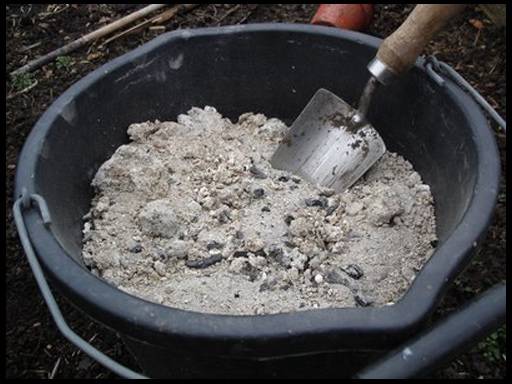
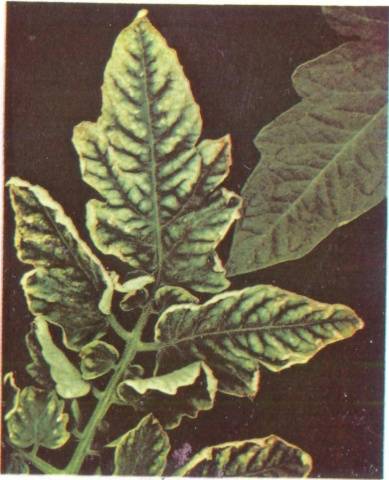

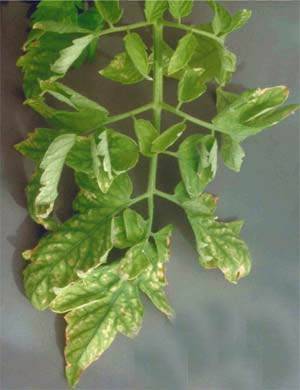

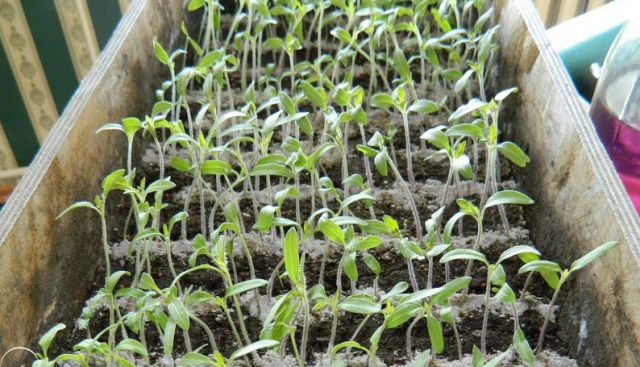

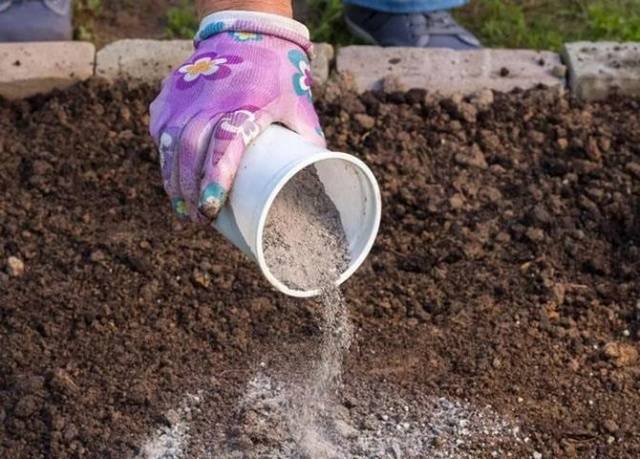
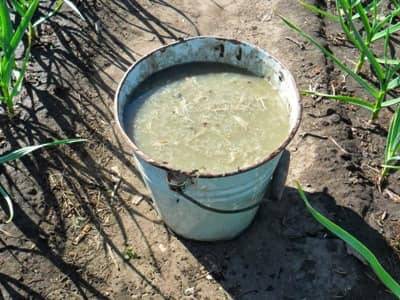

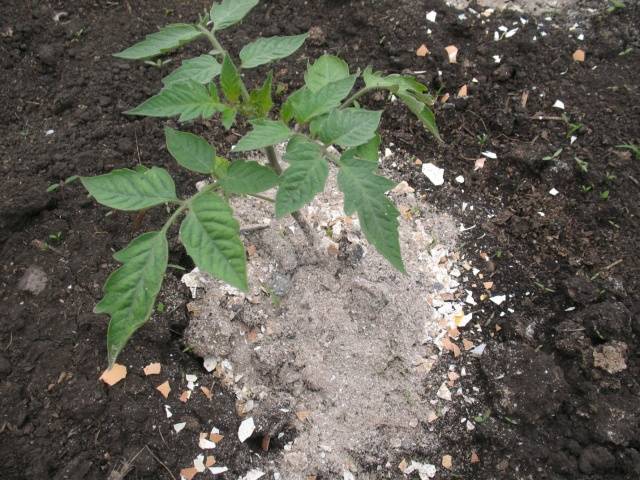
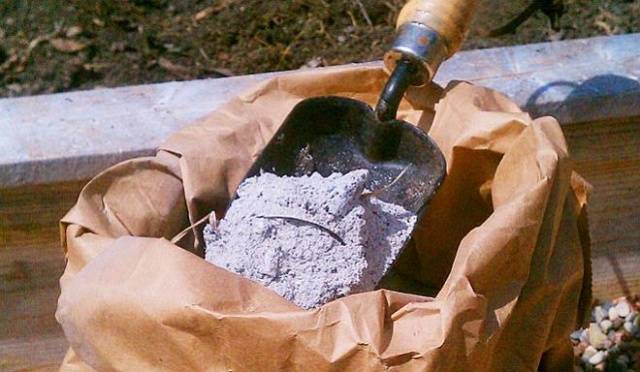









Very professional and understandable ... I love this presenter for his specifics.